GIFs, or Graphics Interchange Format files, have become a staple in online communication.
Whether it’s a meme, a reaction, or a snippet from your favorite movie, GIFs are a fun and engaging way to express emotion or capture attention.
Learning how to create a GIF file and knowing the right tools to use can help elevate your communication, branding, or digital content creation.
In this article, we’ll dive into the process of creating a GIF and explore some of the basic tools that can help you do it correctly.
What is a GIF and Why Use It?
Unlike videos, GIFs are typically smaller in size, loop continuously, and are easy to embed on websites or share through messaging apps and social media platforms.
They are perfect for short animations, demonstrations, or any scenario where you need to grab attention without overwhelming the viewer with a full video.
Creating a GIF may seem like a complex task, but with the right tools and guidance, it’s a straightforward process.
Whether you want to create a personal GIF for fun or a professional one for business purposes, the following steps and tools can help you get started.
Tools for Creating GIFs
There are many tools available online and as downloadable software to help you create high-quality GIFs.
To create a GIF correctly, you need to use the best gif software suited to your needs.
Different tools cater to different levels of expertise, from beginners to professionals.
Let’s explore some popular software options to get you started:
- GIPHY: One of the easiest and most popular platforms for creating and sharing GIFs. GIPHY allows you to create GIFs from videos or a sequence of images quickly. It’s a great choice for beginners.
- Photoshop: If you’re looking for more control and customization, Photoshop offers advanced tools for creating high-quality GIFs. However, it requires a basic understanding of the software and is better suited for those who are comfortable with editing.
- EZGIF: A free, web-based tool that allows you to create GIFs from videos, images, or even YouTube links. EZGIF provides easy-to-use features like cropping, resizing, and adding text to your GIFs.
- GIMP: For those familiar with design tools but looking for an open-source alternative to Photoshop, GIMP offers powerful features for creating GIFs and other animations.

Step-by-Step Guide to Creating a GIF
- Choose Your Source Material
- To create a GIF, you’ll need a series of images or a short video clip. Decide whether you want to make a GIF from a series of still images or a video. Keep in mind that shorter videos usually work best to maintain quality without creating a large file size.
- Use the Right Software
- Depending on your skill level, choose the best gif software for your needs. For simple GIFs, online tools like GIPHY or EZGIF are user-friendly and quick to use. For more advanced users, tools like Photoshop or GIMP will offer greater control over the details.
- Edit and Optimize
- If you’re working with a video, trim the clip to include only the part you want to feature in your GIF. If you’re working with images, arrange them in the correct sequence. Most GIF software allows you to set the duration for each frame, ensuring a smooth animation.
- Add Text or Filters (Optional)
- Many GIF-making tools offer the option to add text, stickers, or filters to your GIF. This is a great way to personalize your GIF or make it more relevant to the message you want to convey. However, make sure not to overdo it, as too much customization can make the GIF harder to understand.
- Adjust the Frame Rate
- The frame rate (frames per second, or FPS) affects how fast your GIF plays. Higher frame rates make for smoother animations, but can also increase the file size. Most GIFs work well at a frame rate between 10 and 15 FPS, which ensures a smooth experience while keeping the file size manageable.
- Optimize File Size
- GIFs can become very large, which can slow down loading times, especially on mobile devices or slower internet connections. Most GIF-making tools include options to reduce the file size by compressing frames or lowering the resolution. Keep your file under 5MB for optimal loading times.
- Export and Save
- The most common format for GIFs is .gif (of course), but some tools allow you to save your GIFs in other formats like .mp4 if you want to use it in video players.
- Test Your GIF
- Before sharing your GIF, it’s a good idea to test it on the platform where you’ll be using it. Ensure it loads quickly and displays correctly, especially on mobile devices.
Tips for Creating an Engaging GIF
To create an engaging and effective GIF, here are some quick tips to consider:
- Keep it Short: Most GIFs should be between 2 to 6 seconds long. This ensures that your GIF loops smoothly and remains engaging without becoming tedious.
- Use Captions: Adding text to your GIF can enhance its message and make it easier for viewers to understand, especially when used as a reaction or meme.
- Stick to a Consistent Theme: Avoid overloading your GIF with too many effects, stickers, or text. Keeping your theme consistent will help your GIF be more memorable and less chaotic.
- Consider Your Audience: Whether you’re creating a GIF for social media, marketing, or personal use, keep your audience in mind. What resonates with them? Is humor appropriate? Should it be more formal or casual?
- Test Loading Time: A large GIF can take too long to load, frustrating viewers. Always aim to optimize the size and test the loading time on multiple devices.
List of Popular GIF Creation Tools:
Here’s a quick rundown of popular GIF creation tools based on your needs:
- Best for Beginners: GIPHY, GIFMaker.me
- Best for Advanced Users: Photoshop, GIMP
- Best Online Tools: EZGIF, GIFMaker.me
- Best for Customization: Photoshop, GIPHY
Final Thoughts
Creating a GIF doesn’t have to be complicated.
With the right tools and a little creativity, anyone can make engaging and entertaining GIFs.
Whether you’re using an online tool like GIPHY or advanced software like Photoshop, mastering GIF creation can help you enhance your digital content, marketing, and communication strategies.
Understanding how to use the best gif software for your needs and optimizing your files will ensure your GIFs are high-quality and fit for any platform.
Photo Credit: Depositphotos
Discover more from Zena's Suitcase
Subscribe to get the latest posts sent to your email.







